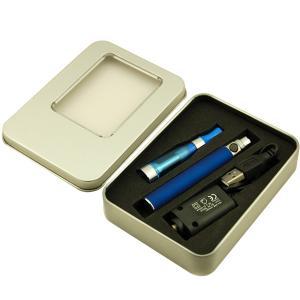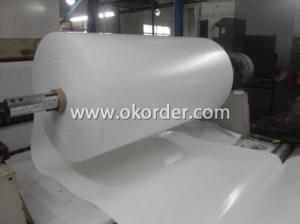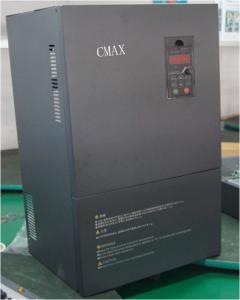Eg4 Solar Inverter
Eg4 Solar Inverter Related Searches
East Solar Inverter 4 Kilowatt Solar Inverter East Power Solar Inverter 4kw Inverter Solar Aeg Inverter Solar 4kw Solar Inverter Aeg Solar Inverter Epever Solar Inverter Eco Solar Inverter Solar Inverter 4000w 4000w Solar Inverter Easy Solar Inverter Easy Power Solar Inverter 4000 Watt Solar Inverter 4000w Solar Power Inverter Ever Solar Inverter 4000 Watt Inverter Solar 4.2 Kw Solar Inverter 4kva Solar Inverter Solar Electric Inverter Solar Power Inverter 4000w Eko Solar Inverter Lg Solar Inverter Solar Edge Inverter Eps Solar Inverter Ae Solar Inverter Solar Energy Inverter Solar Inverter 4000 Watt Ags Solar Inverter Eaton Solar InverterEg4 Solar Inverter Supplier & Manufacturer from China
Eg4 Solar Inverter is a high-quality product designed to optimize the performance of solar energy systems. This inverter plays a crucial role in converting the direct current (DC) generated by solar panels into alternating current (AC), which can be used by homes and businesses. The Eg4 Solar Inverter is engineered to deliver reliable and efficient power conversion, ensuring that solar energy systems operate at their maximum potential.The Eg4 Solar Inverter finds its application in various scenarios, such as residential rooftop installations, commercial solar projects, and off-grid solar power systems. It is particularly useful in areas with limited access to traditional power sources, providing a sustainable and eco-friendly alternative. This inverter is also suitable for grid-tied systems, where excess solar energy can be fed back into the power grid, reducing electricity bills and contributing to a greener environment.
Okorder.com is a reputable wholesale supplier of the Eg4 Solar Inverter, boasting a large inventory to cater to the varying needs of customers. By partnering with Okorder.com, buyers can expect to receive top-notch products at competitive prices, ensuring that their solar energy projects are equipped with reliable and efficient inverters.
Hot Products


















































